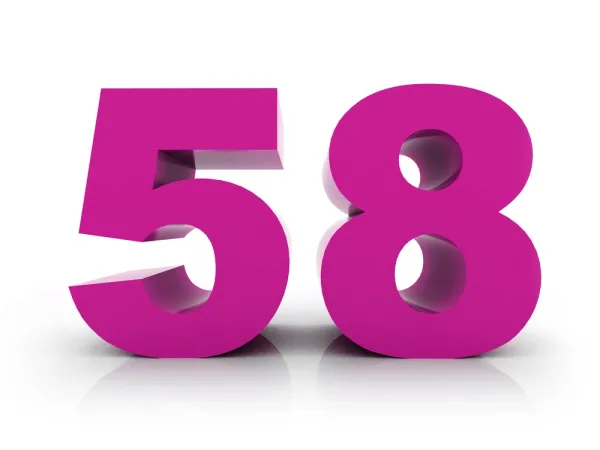Heed CCI Policy Manual Instructions for This Scenario
Question: The physician performed a three-view X-ray of the patient’s foot and a two-view X-ray of her calcaneus. The physician indicated separate trauma to the foot and the calcaneus. I looked up the CCI edit between codes 73630 (Radiologic examination, foot; complete, minimum of 3 views) and 73650 (Radiologic examination; calcaneus, minimum of 2 views) and saw that an overriding modifier is allowed when the procedures are distinct from one another. The provider documented separate diagnostic reasons for each exam. Can I report both CPT® codes? Washington Subscriber Answer: No. Even though the physician documented separate diagnostic reasons for each examination, you have to fall back on Chapter 9 in the National Correct Coding Initiative (NCCI) Policy Manual For Medicare Services for the final say: “Since the foot includes the toes and calcaneous bone, CPT® code 73630 includes radiologic examination of the toes and calcaneous. A physician shall not report CPT® code 73650 or 73660 (Radiologic examination; toe(s), minimum of 2 views) with CPT® code 73630 for the same foot on the same date of service.” So, you would not report code 73650, despite the separate diagnostic indications. The same rule applies if the ordering provider requested the toes be imaged for an entirely separate diagnostic reason from the foot. Caveat: However, as you can see in the NCCI Policy Manual instructions, there is no rule regarding the combination of code 73620 (Radiologic examination, foot; 2 views) and 73650/73660. In respect to 73620 and 73650, there is no CCI edit in place between these two codes. That means that you may bill these two procedures together in all instances. However, 73660 is a Column two code when billed alongside 73620. Therefore, you should only bill out 73660 with modifier 59 (Distinct procedural service) if the provider performs the exams for two separate and distinct diagnostic reasons.




